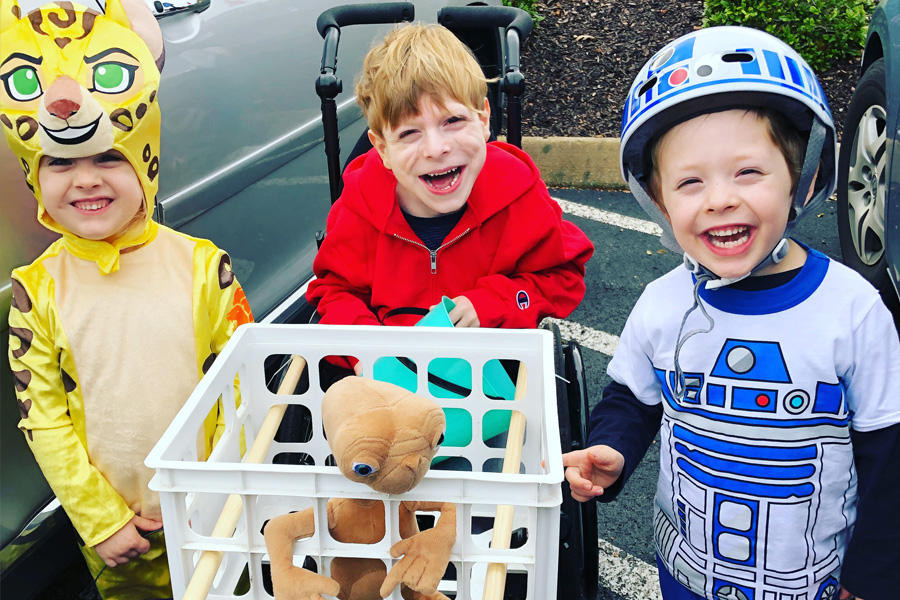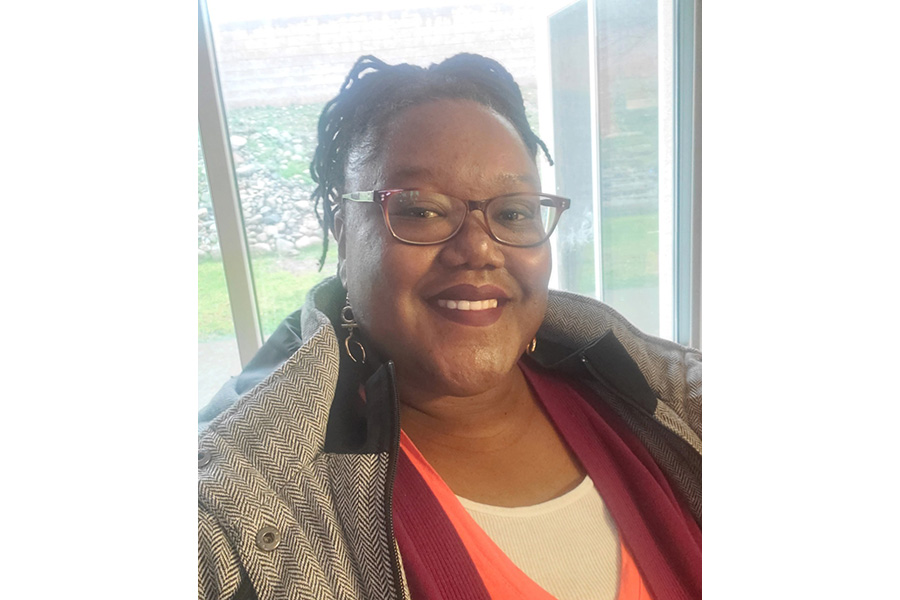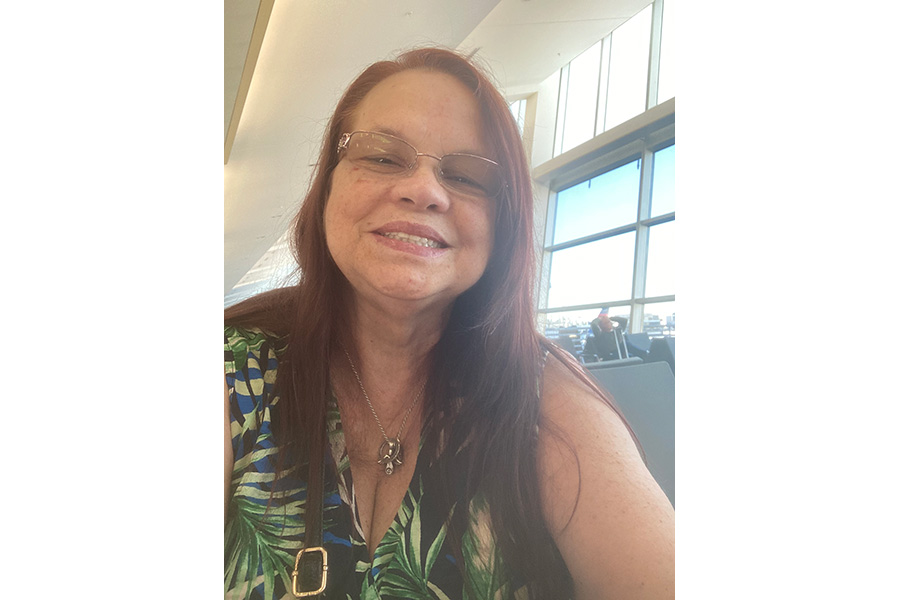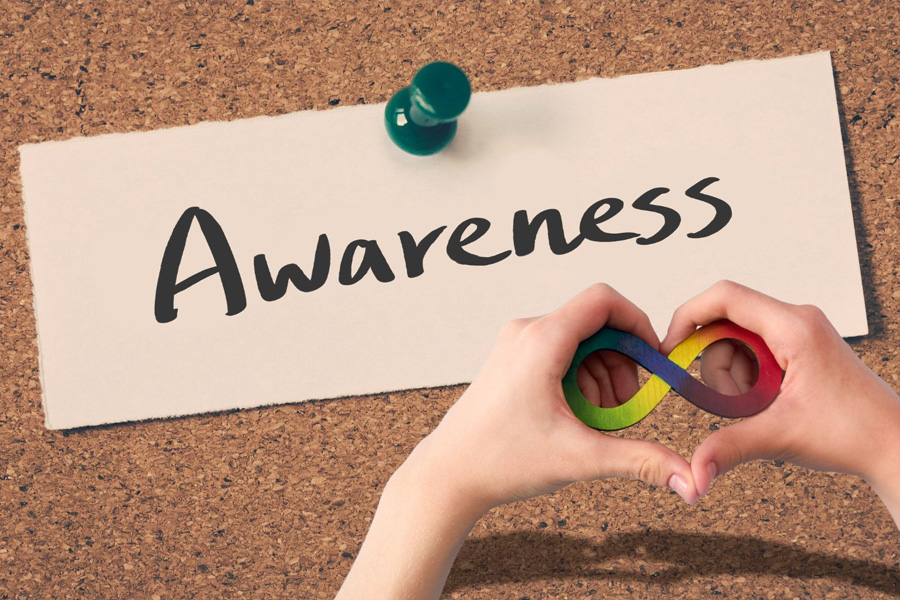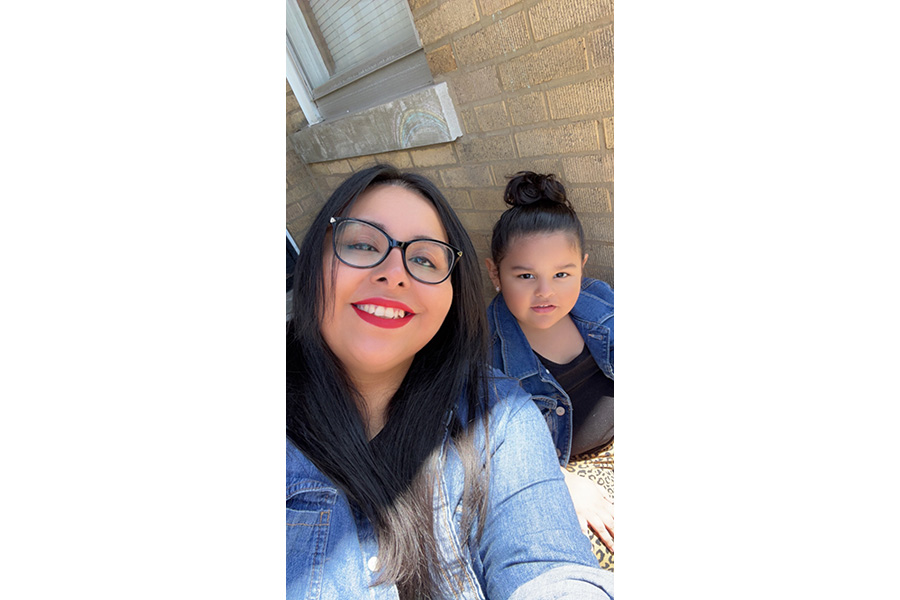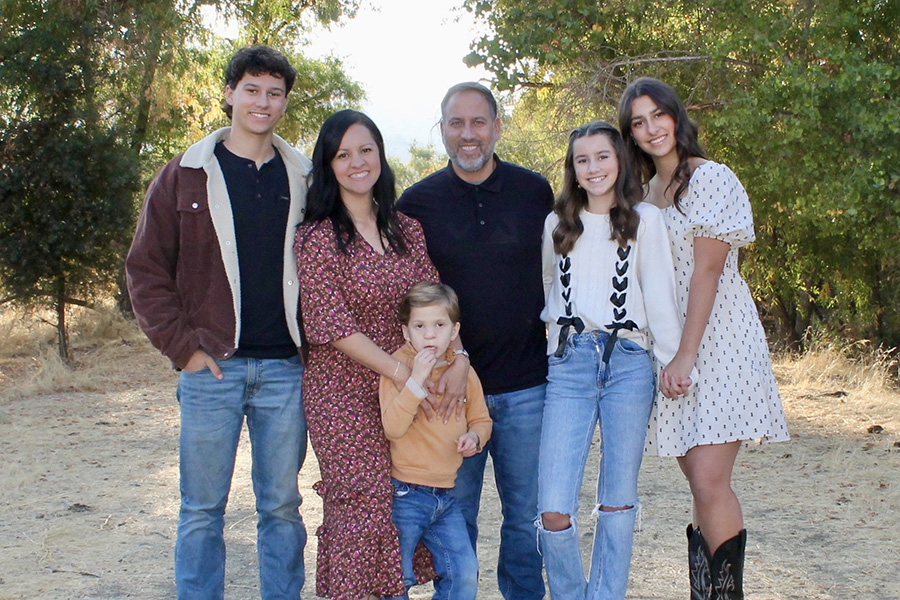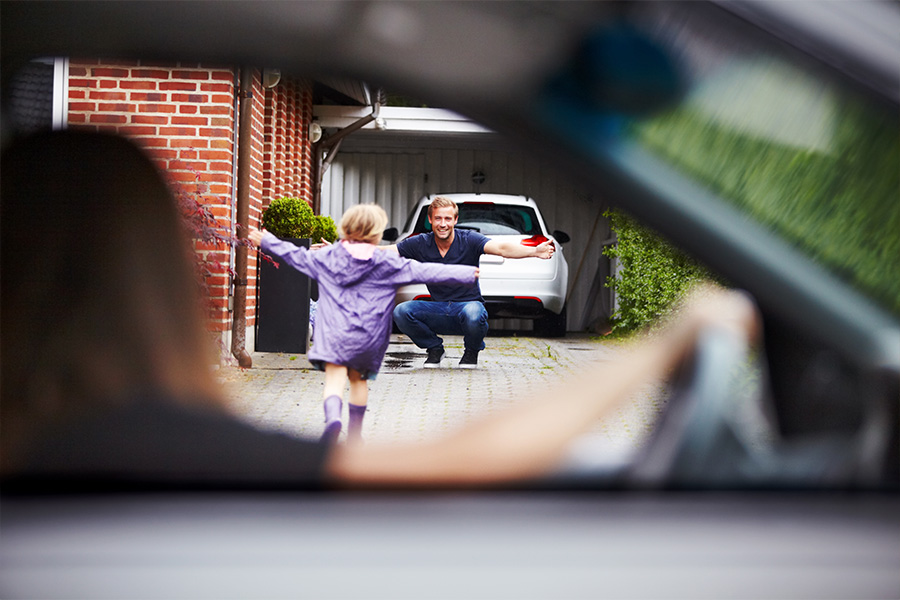I love Halloween. I always have. My very favorite costume was a white leotard with matching skirt. Both were covered in silver sequins and feathers. I was a dancing swan. My grandmother made it. We went to Walmart to pick out the pattern. It took weeks. I wore it long after Halloween until holes tore at the armpits and the feathers fell off. When my mom finally threw it out, I burst into tears. “It looked like you were molting!” she said. I still miss that costume.
But Halloween isn’t magical for everyone. It can be especially taxing for kids with special needs. It’s a sensory overload with shouts and strobe lights and chaos. The neighborhood quickly becomes unfamiliar as darkness falls and road rules are ignored. It’s been my goal to harness the fun and magic of the season for my son Charlie who has both a sensory processing disorder and limited mobility due to his cerebral palsy. Over the years we have found three tried and true rules we stick to in order to keep things easy and festive.
-
Go early.
Because Charlie uses a wheelchair, we need at least partial daylight to make sure he is safe and stable on the uneven ground. The end of October brings its own challenges with the weather – rain, cold, and fallen leaves and branches. We need to be able to see all of this as well as other cars and trick-or-treaters.
Going around five or six in the evening also changes the crowd. You are out with the younger kids and their parents. It’s the sweet spot before the older kids hit the streets and the volume rises by ten decibels.
Lastly, the folks that like to set up in their driveways with firepits and motion activated witches and skeletons tend to wait until dark to start the festivities, which means less stimuli to potentially trigger Charlie.
-
Choose a comfortable costume.
Comfortable can mean a lot of things here. It needs to be weather-appropriated/adaptable. This means capes and hoods that can come on and off and layers that can be shed or added. We’ve had both eighty-degree and twenty-degree Halloweens where we live so it is important to be flexible.
Costumes can often be either too stiff (hello every superhero outfit) or too flimsy (hello every princess outfit) and they are made of materials that can irritate the skin. And if your costume has a mask it can limit vision or make it harder to breathe. Tight ones too, can constrict movement. When you have a child that already has difficultly moving freely, you don’t need an outfit making that worse.
Our favorite outfits have been the easiest ones – pajamas with favorite TV characters or we decorate a prop or his wheelchair and let him wear whatever he wants on his actual body. The best costume to date was when we turned his wheelchair into the bicycle from E.T. and he when as Elliott in the red hoody. Add a basket with a stuffed E.T. on the front and we had a way to hold the candy too.
-
Limit conversations.
This is perhaps the most overlooked, but also most important of the three tips for making your Halloween a breeze. Limit your small talk. Yes, I’m talking to you, adult in charge.
The fun of Halloween as a kid is racing from house to house and seeing how much candy you’ll get. The last thing you want to do is explain your costume to every adult who answers the door and then watch these adults have long conversations with your parents about current football stats and the weather. That’s what leads to meltdowns and exhaustion. So limit the lag time and keep it moving. That way everybody stays warm and happy and you’re back inside divvying up candy before you know it.
They key in these tips is really to find what works to meet the needs of your family however you celebrate the holiday. Whatever you choose to do for Halloween, I hope it is a memorable one.

Jamie Sumner is a special needs mom and author.
Jamie-Sumner.com
Author of the middle-grade novels:






